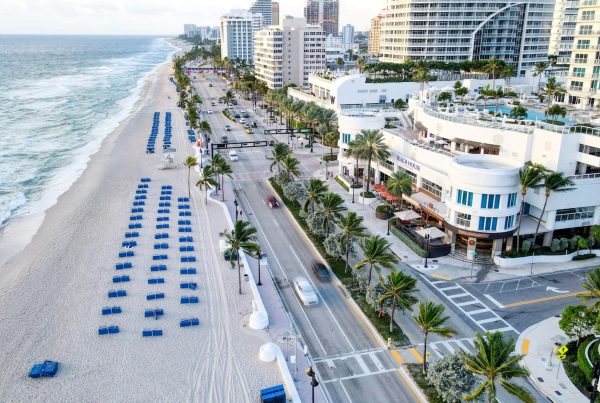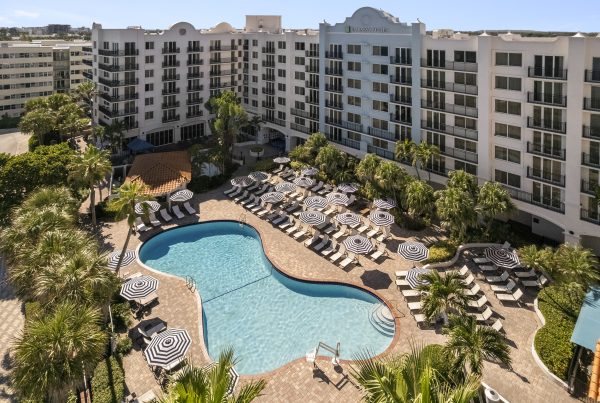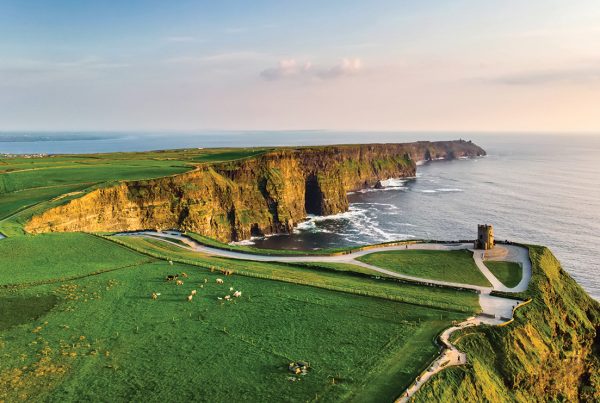
The back story: Morocco has enchanted travelers for centuries—and Americans since the Summer of Love, when it was the end point for traveling ex-pats on the “hashish trail,” which started in Amsterdam and ended in Marrakech. Today, the country is a routine weekend destination for Europeans—and an increasingly popular vacation for a new generation of international visitors. It is exotic, inexpensive and has a wide range of diversions, from mountain climbing in the high Atlas range, to wind surfing at Essaouira to camel riding in the Sahara.
The country is marked by fertile hill towns and sunflower fields reminiscent of Tuscany, as well as crumbling pink adobe Kasbahs hundreds of years old rising from the rugged plains. There are men driving donkey carts, and Berber and Bedouin nomads who live in dark winged tents. The call to prayer wails through narrow winding alleys. The smell of spices and fish, raw meats and almond oil fills the souks (open-air markets). It is all Morocco, and all worth seeing.
Love among the ruins: About a four-hour drive northwest of Casablanca isMeknes, the ancient Berber capital known as a “city of 100 minarets” and a World Heritage site as designated by the United Nations Educational, Scientific and Cultural Organization (UNESCO). It’s lush and fertile, contrary to the country’s desert image, with olive groves, date palms, wild poppies—and canaries singing in stands of cedar. It’s also close to the Roman ruins of Volubis, which is a well-reserved archeological site dating from 32 B.C. and distinguished by a commanding arch, a basilica, and several rooms with ornate mosaic floors in excellent condition.

Fez factor: Fez in northeast Morocco is the former capital, founded in 789 A.D., and now a destination for ceramics, copperware and embroidered linen. It also has a famous leather-tanning market with ancient dye pits. (When entering the leather market overlooking the dye pits, guests are given a fresh sprig of mint to offset the odor.) The medina, or market, is within a walled city center (no automobiles allowed) comprised of more than 8,000 ancient narrow alleyways twisting and turning, full of people, produce stalls, donkey carts and spices. Once a major trading post on the Barbary Coast, the old city retains a sense of mystery and embodies the heart of traditional Moroccan culture.







